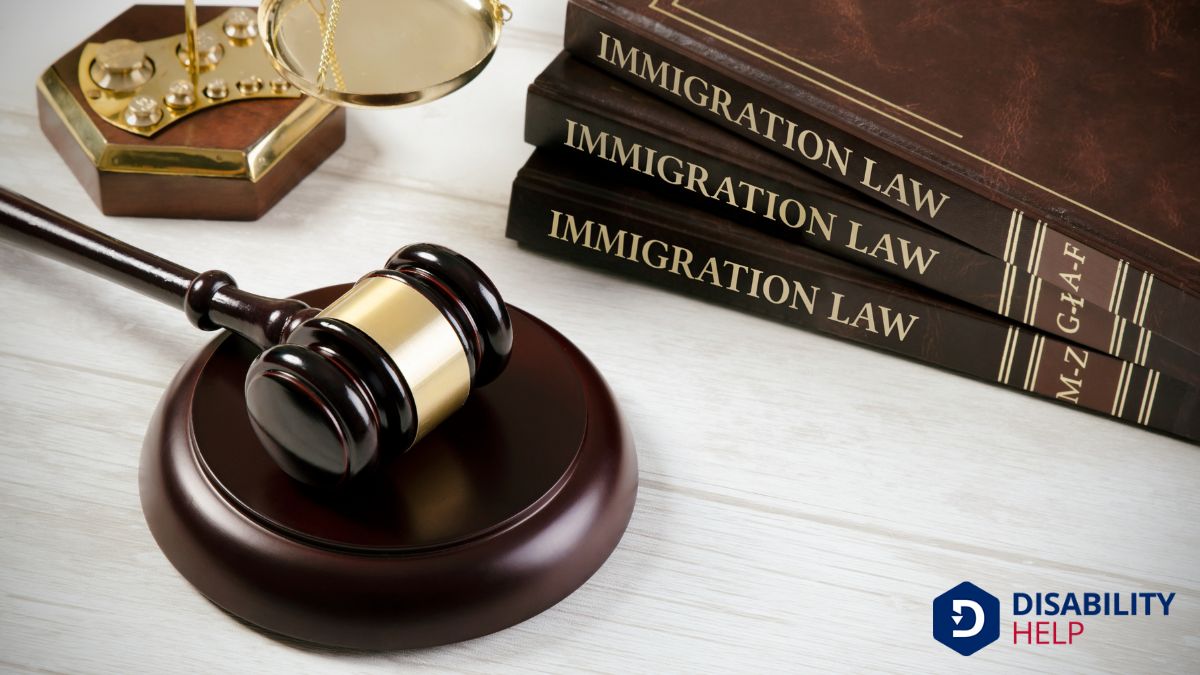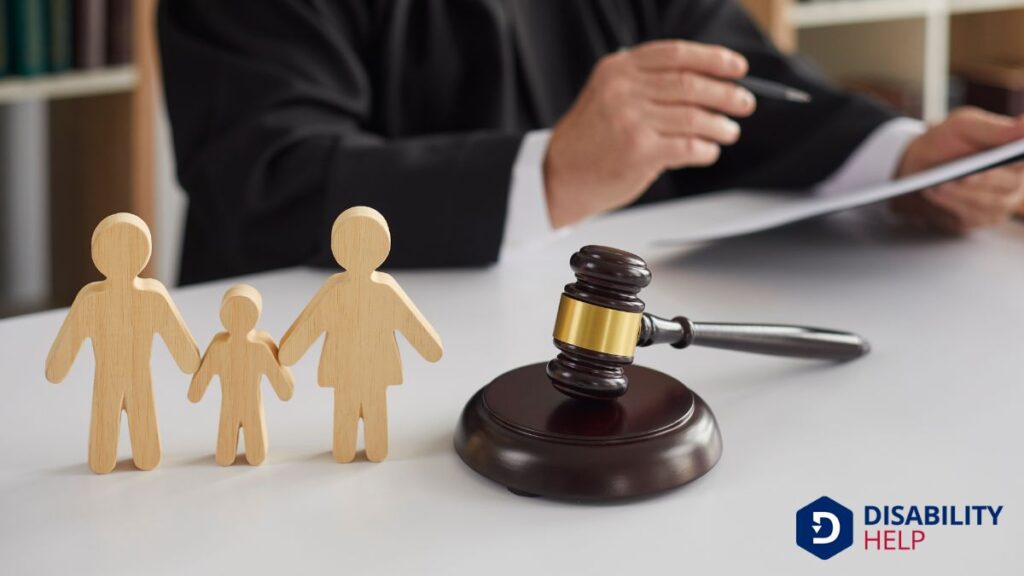When our child gets injured due to someone else's negligenceA legal concept where a party fails to exercise reasonable care, resulting in harm to another person..., it's natural to wonder if we can file a personal injury claim on their behalf. Minors can't file claims themselves, so as parents or guardians, it's our responsibility to protect their rights and seek compensation. Maneuvering this process can be complex, but understanding the steps and legal implications is essential for our child's future. Let's explore how we can take action.
Key Takeaways
- Yes, a parent or legal guardian can file a personal injury claim on behalf of a child.
- Legal representationThe way people with disabilities are depicted in media, culture, and politics, often influencing pub... for a child typically requires a Guardian Ad Litem to advocate for their best interests.
- Minors have distinct legal protections and rights that must be respected in personal injury cases.
- Compensation claims can cover medical expenses, pain and suffering, and future income loss for the child.
- Identifying liable parties and gathering evidence, such as medical records and eyewitness statements, is crucial for a successful claim.
Understanding the Legal Rights of Minors

When it comes to understanding the legal rights of minors, it’s crucial to recognize that children have distinct protections under the law. Their rights are crafted to guarantee their safety and well-being.
As we explore this, we'll see these protections vary based on jurisdiction, but universal principles exist. Minors often can't legally represent themselves, so a guardian or parent typically acts on their behalf. This guarantees their interests are prioritized.
Legal systems provide safeguards in areas like consent, healthcare, and education, reflecting a need to balance autonomy and protection. We must remember that while children’s voices might be softer, their rights are no less significant.
Together, we can guarantee they’re respected and upheld in every legal scenario they face.
Steps to Take Immediately After an Injury
When our child gets injured, acting quickly is essential.
First, we should focus on gathering all necessary information about the incident, such as witnesses and details of what happened.
Then, we must guarantee they receive immediate medical attention to document the injury and begin treatment.
Gather Necessary Information
Although it might be overwhelming in the immediate aftermath of a child's injury, gathering necessary information promptly is essential to support a personal injury claim. We need to document everything we can.
Begin by noting the date, time, and location of the incident. Take clear photos of the scene and any visible injuries. If there are witnesses, collect their contact details and, if possible, a brief statement. These firsthand accounts can be invaluable later.
It's also important to keep any relevant items, like torn clothing or broken objects, as they might serve as evidence.
Write down anything our child tells us about the incident while it’s still fresh in our minds. This thorough collection of information will bolster our case considerably.
Seek Medical Attention
After gathering all necessary information, our immediate priority should be seeking medical attention for the child.
Timely medical care not only guarantees the child's well-being but also provides essential documentation for any potential personal injury claim. It's essential that we communicate openly with healthcare providers, detailing all injuries and symptoms, no matter how minor they might seem. By doing so, we help create a thorough medical record that accurately reflects the extent of the child's injuries.
We shouldn't delay visiting a doctor or emergency room, as prompt treatment can prevent complications.
Let's keep all medical reports, prescriptions, and bills organized, as they'll be critical when pursuing a claim. Ultimately, prioritizing medical attention reinforces our commitment to the child's health and strengthens our claim.
Determining Liability in Child Injury Cases
When determining liability in child injury cases, we must first identify the parties responsible for the injury.
Once we've pinpointed who might be liable, it's essential to prove the elements of negligence, which include duty, breach, causation, and damages.
Identifying Responsible Parties
Determining liability in child injury cases can often be a complex puzzle.
We must carefully identify all possible responsible parties to guarantee justice.
When a child is injured, several individuals or entities might be liable.
Let's explore who they could be:
- Property Owners: If an injury occurs on someone's property, the owner might be responsible.
- Manufacturers: Defective products causing harm can make manufacturers liable.
- Caregivers: Daycare providers or babysitters hold responsibility for a child's safety.
- Schools: Educational institutions may be liable for injuries occurring on their grounds.
- Drivers: In accidents involving vehicles, drivers could be held accountable.
Proving Negligence Elements
To prove negligence in child injury cases, we must establish four key elements: duty, breach, causation, and damages.
First, we need to show that the defendant owed a duty of care to the child. This means they had a responsibility to act in a way that wouldn’t harm the child.
Next, we demonstrate a breach of that duty—proving they failed to act appropriately.
Then, we must connect this breach directly to the injury, showing it caused or contributed considerably to the harm.
Finally, we quantify the damages, detailing how the injury has affected the child physically, emotionally, and financially.
The Role of a Guardian Ad Litem in Personal Injury Claims
Although steering personal injury claims can be complex, the involvement of a Guardian Ad Litem (GAL) is essential in ensuring a child's best interests are prioritized throughout the legal process.
A GAL serves as an advocate for the child, independent from parents or legal guardians. They're appointed by the court to evaluate the child's situation, making recommendations based on their findings.
Here's what a GAL does:
- Investigate the circumstances surrounding the injury.
- Interview the child, family, and other relevant parties.
- Collaborates with attorneys to craft a suitable legal strategy.
- Report findings and recommendations to the court.
- Monitors the child's welfare throughout the legal proceedings.
Compensation Types Available for Child Injuries
When a child is injured, understanding the types of compensation available is essential for securing their future well-being.
As parents or guardians, we need to know what can be claimed. Compensation generally covers medical expenses incurred due to the injury. This includes costs for immediate treatment and any future care the child might need.
Additionally, we can seek damages for pain and suffering, recognizing the emotional and physical distress the injury causes. If the injury impacts the child's future earning potential, we might pursue compensation for loss of future income.
Finally, in cases where property was damaged alongside the injury, we can claim for the loss or repair of those belongings. Understanding these types can help us advocate effectively for our children's needs.
Navigating the Legal Process for Filing a Claim
Having a grasp of the types of compensation available paves the way for understanding how to file a personal injury claim for a child.
We must navigate the legal process with care and focus. Here’s how we can move forward:
- Gather Evidence: Collect medical reports, photographs, and witness statements.
- File Promptly: Be mindful of deadlines. Statutes of limitations can vary by jurisdiction.
- Document Everything: Keep records of all communications and relevant documents.
- Assess Damages: Understand both the current and future impacts of the injury.
- Communicate Clearly: Ascertain that all parties understand the child's needs and circumstances.
Selecting the Right Attorney for Your Child's Case

Selecting the right attorney for your child's case is crucial, as their expertise can considerably influence the outcome. We should focus on finding someone who specializes in personal injury cases involving children. This guarantees they understand the nuances and unique challenges of such cases.
Let’s look for an attorney with a proven track record in similar cases. Their experience will provide insights and strategies that could make a significant difference.
We should also consider their communication style. It’s important to work with someone who keeps us informed and explains legal jargon in an understandable way.
Checking reviews or asking for referrals can help us gauge their reputation. By choosing wisely, we increase the chances of a favorable resolution for our child's case.
Conclusion
To summarize, we must take decisive action to protect our children's rights if they've been injured due to someone else's negligence. By understanding the legal process, gathering necessary evidence, and seeking the right legal representation, we can navigate the complexities of a personal injury claim. Let's make certain we pursue the best compensation for their medical expenses and future well-being. Together, we'll advocate for our children's needs, securing the justice they deserve.






